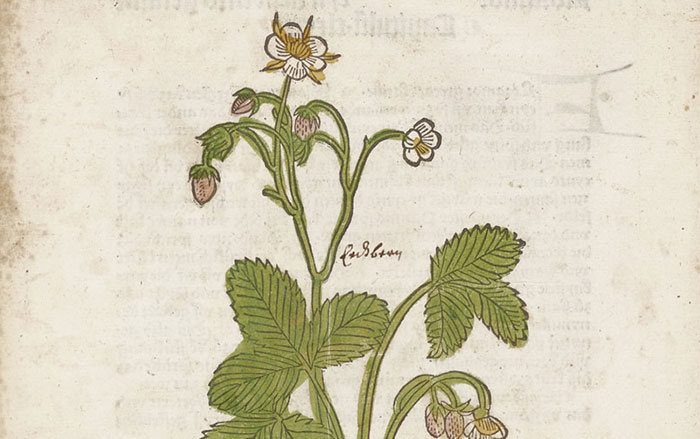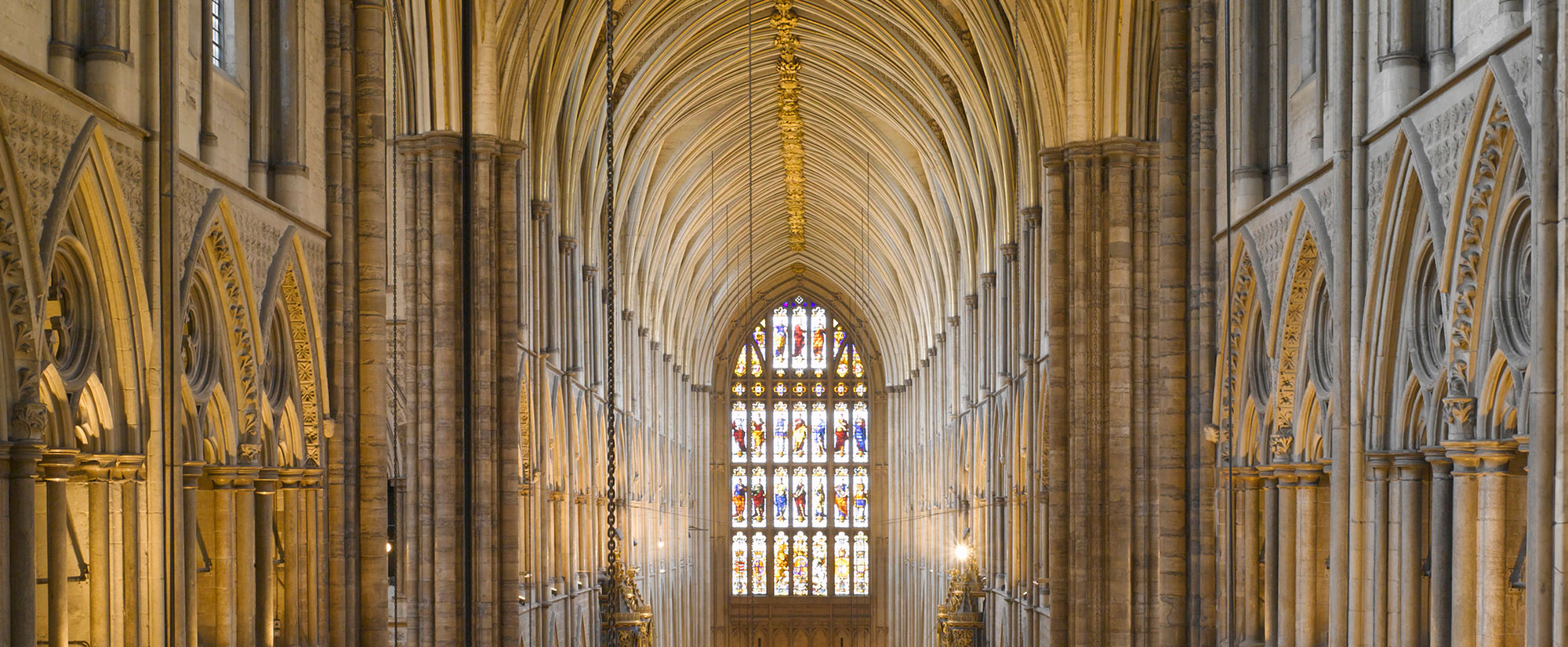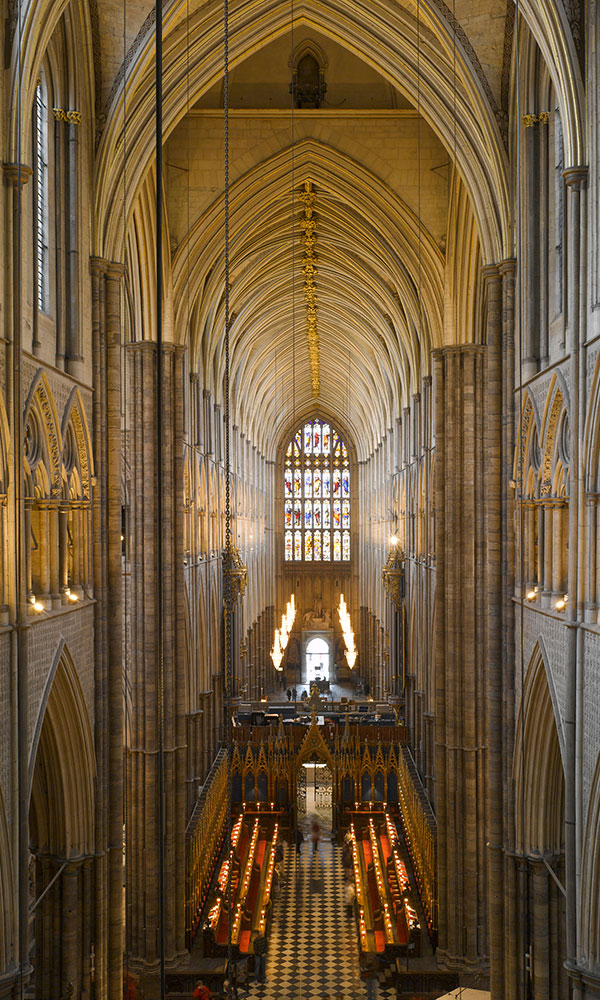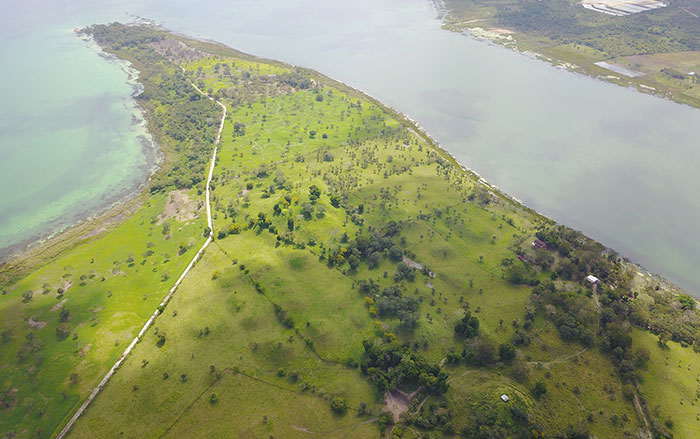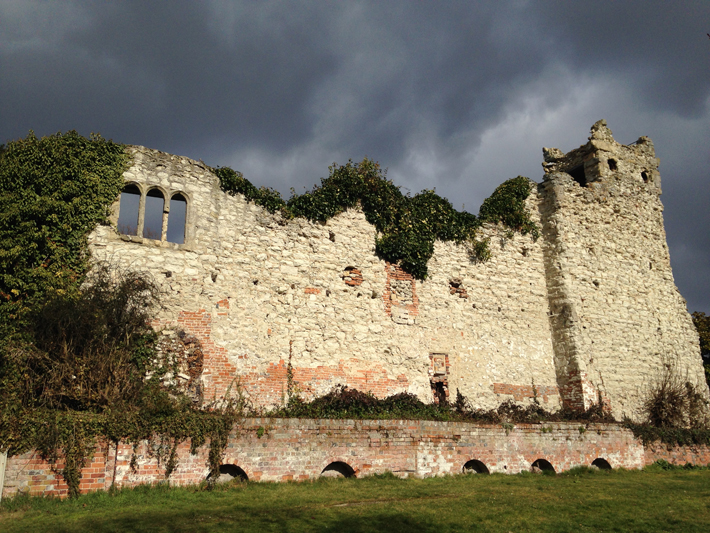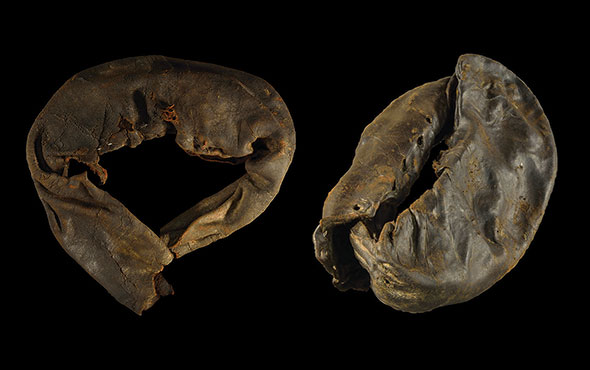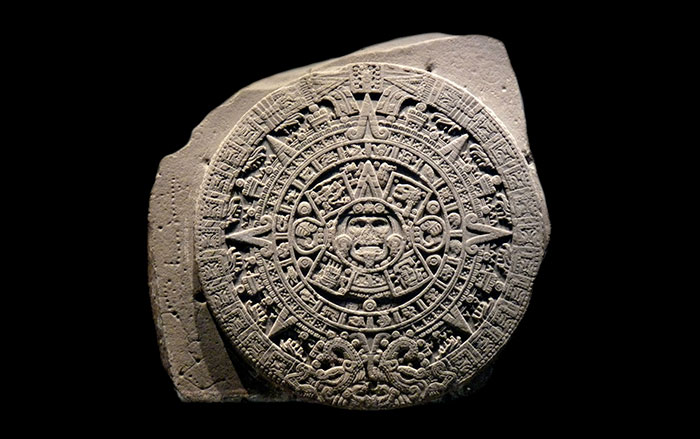
OXFORD, ENGLAND—At least some of the people buried at Stonehenge appear to have come from near the Preseli Hills in west Wales where the bluestones used to build the Neolithic monument were quarried, according to a report from The Guardian. Testing of strontium isotopes from the cremated skull fragments buried at the monument showed that at least 10 of 25 individuals represented had come from at least 100 miles away, including the area near the Preseli Hills. It’s not clear that the bones belonged to those who built the monument, but the earliest cremation dates—around 3000 B.C.—are close to when the bluestones that formed the first circle at Stonehenge were transported there. “The earliest dates are tantalizingly close to the date we believe the bluestones arrived, and though we cannot prove they are the bones of the people who brought them, there must at least be a relationship,” said archaeologist John Pouncett of the University of Oxford. “The range of dates raises the possibility that for centuries people could have been brought to Stonehenge for burial with the stones.” The pieces of skull were found in a circle of 56 pits outside the stone circle that also contained bluestone chips and may have held the original circle of bluestones, which were then rearranged over the succeeding centuries. For more, go to “Quarrying Stonehenge.”




